Ajit Ranade
The SKS IPO and the Andhra Pradesh ordinance have suddenly changed everything.
Will it be the death knell or will it usher in a reformed and healthy industry? There are three basic facts about micro-finance in India.
First, most of what is described as micro-finance industry is actually micro-loans.
There is hardly any provision of micro-savings, micro-investments, micro-insurance or micro-pensions.
This is mostly because of regulatory reasons, i.e. accepting money is heavily regulated, whereas giving money is not.
Hence there has been unregulated and undue focus on 'loan-pushing'.
. . .
The success story of micro-finance in Andhra
It is not as if the poor have no need for savings and investment products.
The second fact of micro-finance in India is the remarkable concentration of business in Andhra Pradesh.
Fully one-third of all outstanding micro-loans and borrowers are from that one state.
That is Rs 10,000 crore (Rs 100 billion) and 10 million borrowers.
This has historic, not cultural, reasons.
It is not as if Telugu culture is more fertile and receptive to the growth of micro-finance. Both the previous governments under Chandrababu Naidu and Y S R Reddy believed in attacking poverty through the provision of micro-loans to poor women.
The government put taxpayer's money and massive aid from the World Bank into this strategy.
. . .
The success story of micro-finance in Andhra
The government strongly encouraged the poor to take unsecured micro-credit and repay in a timely fashion.
Loans were intermediated by public sector banks to self-help groups of women.
The Andhra government wasn't really pushing loans to the poor, but it did actively encourage micro-credit.
Andhra is the only state which rewards financial discipline of micro-borrowers by a huge interest subvention.
If you repaid on time, you got back 9 out of the 12 per cent interest charged.
This state subsidy is available only to self-help group borrowers and makes the effective cost of borrowing as low as 3 per cent.
. . .
The success story of micro-finance in Andhra
This subsidy is not available to borrowers from private micro-finance institutions, which anyway charge much higher interest rates.
Even then MFIs made inroads despite being more expensive than SHG loans.
Perhaps it was their doorstep service, ease of paperwork, much less bureaucracy, innovativeness and an NGO philosophy combined with missionary zeal, which made the MFIs so successful.
Andhra today can claim almost 100 per cent financial inclusion, since there is probably not a single village which has not been touched by micro-finance.
The third big fact about micro-finance is that it has been growing at a rate of almost 100 per cent in recent years. Loan portfolios are doubling annually.
. . .
The success story of micro-finance in Andhra
With very low delinquency rates, easy access to cheap 'priority sector' funds for onlending, low staff costs and reasonable deployment of IT, profitability has been high (although not the absolute size of profits per se).
Because of very high growth in loans, this sector has been hungry for capital, both equity and debt.
And that capital has been pouring from willing bankers and eager private equity players.
Professionals who were handling retail loans or risk for large multinational banks have joined the fray.
Everyone thought that this was an excellent opportunity to do good (to society) and do well (financially).
. . .
The success story of micro-finance in Andhra
There are a variety of micro-credit models operating in India, making it the world's best laboratory for micro-finance.
But the most dominant model is the group guaranteed loan, a la Grameen Bank of Bangladesh.
The only collateral that a lender had is the peer pressure, or social capital. Even then the repayment rates of the micro-loans were near perfect.
This was mostly because the fallback to the poor borrower was to go back into the clutches of even more usurious moneylenders.
Hence it wasn't long before the excess inrush of capital into micro-finance led to phenomena of loan-pushing, multiple lending to the same borrower, coercive recoveries and very high interest rates (to satisfy demanding equity investors).
. . .
The success story of micro-finance in Andhra
The original process of letting group formation mature was bypassed as loan-pushers accelerated the group identification and formation phase.
This acceleration is not conducive to formation of social capital so crucial for 100 per cent recovery.
This is like you can't ripen a mango too fast just because the price becomes lucrative. Solidarity groups take time to form trust, even when formed with neighbours.
So, these are the three background facts: micro-finance is de facto micro-credit, it is concentrated in Andhra and its 100 per cent growth has attracted dubious and not-so dubious capital which has led to loan-pushing.
Into this heady cocktail came the country's first (and the world's second) micro-finance IPO of SKS Microfinance.
SKS raised about Rs 1,500 crore (Rs 15 billion), and its shares jumped more than 50 per cent immediately after listing on September 13.
. . .
The success story of micro-finance in Andhra
But one month later, Andhra issued an ordinance effectively curtailing all MFI activity in the state.
Both ruling party and opposition politicians went around asking borrowers to stop repaying MFI loans.
The media focused on usurious interest rates, undue profits and connected some suicides with coercive recoveries.
Weekly recovery rates in Andhra plunged to less than 30 per cent.
Fearing further deterioration, banks stopped supplying capital to MFIs.
For an industry growing at 100 per cent rate, the last thing MFIs need is stoppage of fuel (lending capital). SKS share price has plunged 50 per cent below its peak. Suddenly the darling industry (doing good and doing well) had become a villain.
. . .
The success story of micro-finance in Andhra
Even RBI, which has long been sceptical, set in motion newer regulation of MFIs.
Most successful MFIs are non-banking finance companies, and are as such regulated by RBI anyway.
The recently formed Microfinance Institutions' Network is on the back foot, trying to defend self-regulation and prevent further draconian measures.
The SHG-type of lending has been spared much of harsher measures of the ordinance.
It does appear as if there is political motivation in 'getting back' at MFIs.
The IPO and Andhra ordinance have been black swan events in the evolution of micro-finance.
They will permanently change the fate of the industry. It is true that few bad apples have queered the pitch for all MFIs, and what happened in Andhra was waiting to happen (like black swan!).
. . .
The success story of micro-finance in Andhra
Image: Parivartan Sharma/ReutersIt is also true that the drawbacks of Andhra's heavily subsidised SHG model have not been sufficiently highlighted. So, ideally, both MFIs and SHGs should be allowed to coexist.
But if the MFIs are drastically cut down, the section which will suffer is the large, diffused mass of millions of beneficiaries.
Their voices are not being heard in the din of politicians' accusations and RBI's reprimands.
You cannot ignore the fact that MFIs did cross the last mile, did bring innovative practices and did contribute a great deal to financial inclusion.
Killing the MFI industry will be a big setback for the financial inclusion agenda.
The potential demand for micro-loans is huge and is still largely untapped.
It is possible to serve the unbanked and make a reasonable profit.
Flexibly, arrangements like kirana business correspondents and mobile banking are being introduced.
MFIs also have a role to play. The black swan should not be allowed to kill the golden goose.
The author is chief economist, Aditya Birla Group. The views expressed are personal
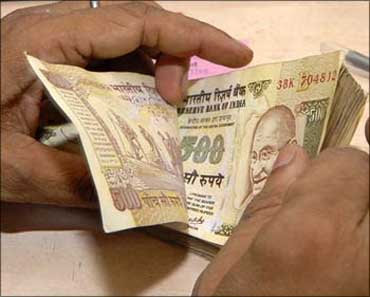



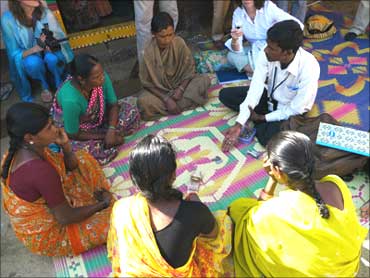
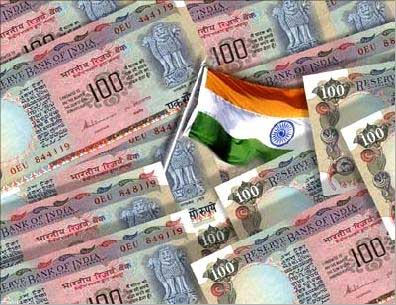
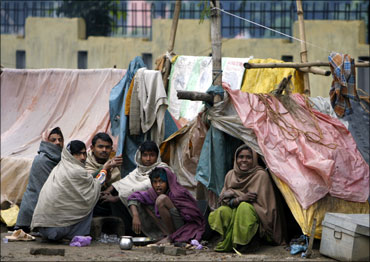
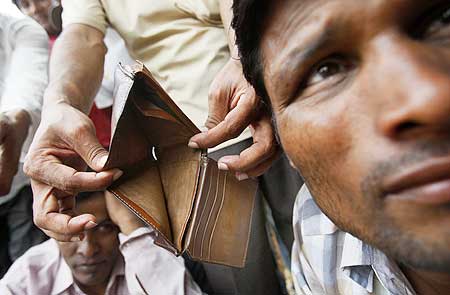
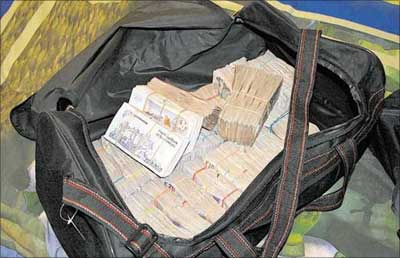
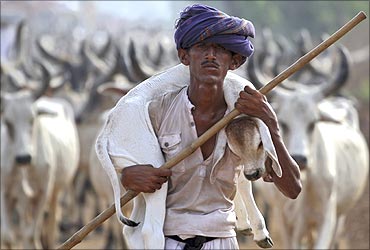

article